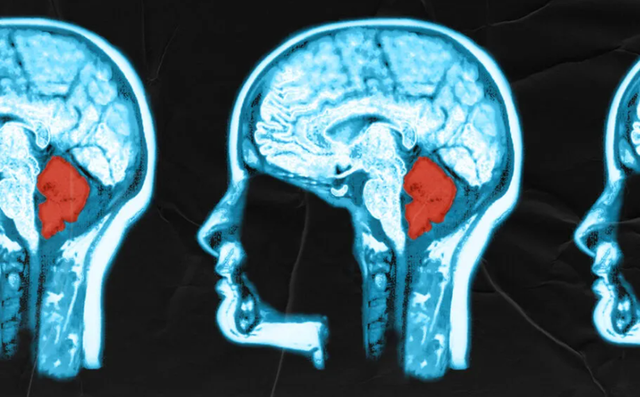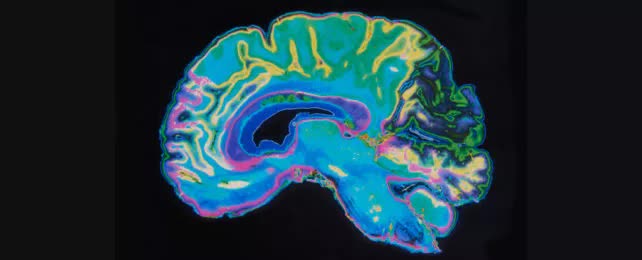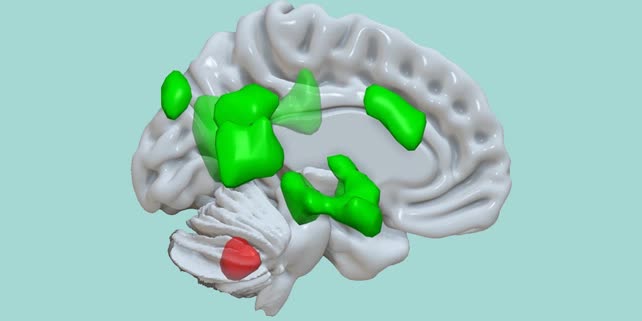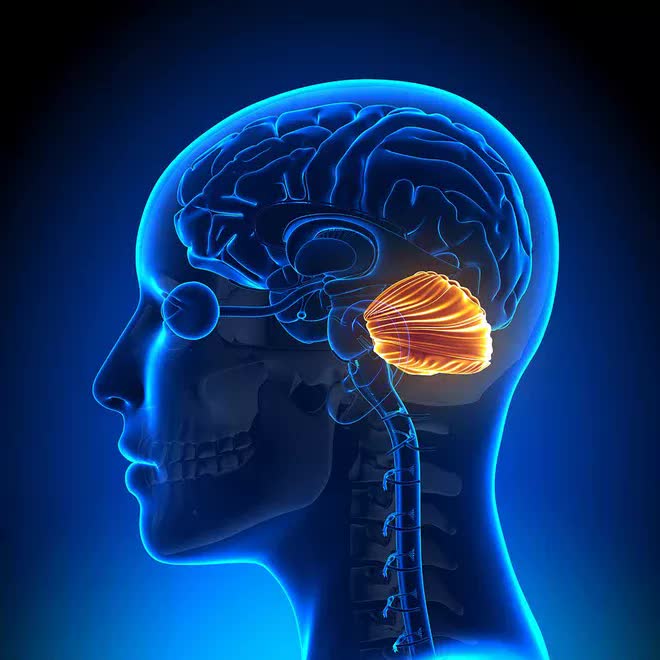Discovering a completely new function of the cerebellum: 200 years still surprises scientists!
- Tram Ho
Given the complexity of the human body, it’s no surprise that we’re still making new discoveries about the different parts that make up the human body – and scientists have just made a new discovery about the human body. function of the cerebellum at the back of the brain.
The cerebellum is the part of the brain located at the back of your head, just above and behind where the spinal cord connects to your own brain. The name “cerebellum” comes from Latin and means “small brain”.

For centuries, scientists believed that the cerebellum’s job was to coordinate muscle movements. Advances in technology have shown that your cerebellum does much more. There is much more scientists are still trying to understand about the cerebellum, including all the ways it works with the rest of the human body’s nervous system.
DISCOVERED NEW FUNCTION OF THE MINERAL
Already known to be crucial for precise control of our movements, it now seems, according to new findings published in the Proceedings of the National Academy of Sciences (PNAS) , This brain region also plays an important role when it comes to remembering positive and negative emotional experiences.

MRI image of the brain. Photo: Highwaystarz-Photography / iStock / Getty Images
These kinds of emotional experiences are particularly well-remembered by the brain, especially since it has enabled our human existence to remember times when we were in danger and times when we were successful. .
The amygdala and hippocampus are the brain regions thought to be most responsible for consolidating these emotional memories, but since the cerebellum is already involved in fear regulation, the scientists behind the study The latest wanted to see if it played any role in capturing emotional memories.
The aim of this study was to investigate whether cerebellar and cerebellar connections are involved in the phenomenon of superior episodic memory for emotional stimulation of visual information, the researchers write. or not”.
Through brain scans of 1,418 people taken via functional magnetic resonance imaging (fMRI) as they experienced emotions – some positive, some negative – and neutral, the team was able to can determine whether the cerebellum is indeed involved.
Study participants remembered positive and negative images much better than neutral ones, and this enhanced storage capacity was linked to longer cerebellar activity.
Furthermore, the researchers also observed a greater degree of communication between the cerebellum and the cerebellum – the largest part of the brain. The cerebellum receives information from the prefrontal cortex (an important area for sensory perception and evaluation); it is also relaying information to the amygdala and hippocampus.

The cerebellum (red) connects to different areas of the cerebrum (green) to enhance the storage of emotional information. Photo: MCN / University of Basel
“These results indicate that the cerebellum as an integral component of the network responsible for storing emotional information is improved,” said neuroscientist Dominique de Quervain from the University of Basel in Switzerland. benevolent”.
As with any new discovery of the neural circuitry inside our heads, the findings could be useful in showing us how to repair that circuit when something goes wrong – when memories aren’t saved. stored correctly or if they can be printed too clearly in the mind.
For example, when painful or frightening experiences are too easily remembered, mental health problems can result.
“These findings expand our understanding of the role of the cerebellum in complex cognitive and emotional processes and may be relevant to the understanding of psychiatric disorders with sensory circuitry,” the researchers write. unstable emotions, such as post-traumatic stress disorder or autism spectrum disorder”.
200 YEARS OF UTILIZATION RESEARCH
According to scientists, your cerebellum occupies only about 10% of your brain in terms of the amount of space it takes up. However, it contains about half of the nerve cells in your entire body.
The cerebellum is also extremely compact. The brain tissue that makes up your cerebellum is an accordion-like folded sheet. Placed flat, the cerebellum is 1 meter long and 10 cm wide.

Your cerebellum occupies only about 10% of your brain in terms of the amount of space it takes up.
Scientists began analyzing the cerebellum 200 years ago by studying humans or animals with cerebellar damage. They found that people with this type of damage often had trouble balancing when standing or walking, or they had trouble reaching for things.
Over time, scientists began to find evidence that damage to the cerebellum could cause other effects. They found that this type of trauma can make it harder for a person to learn new words or skills. Or interfere with the assessment of size or distance to objects. It can also affect your sense of time. For example, people with damage to their cerebellum may have difficulty tapping their fingers repeatedly.
Despite more than 200 years of research on the cerebellum, scientists have not stopped studying this part of the human brain. And finding a whole new function of this part shows that the human brain as a whole is really complex.
The study was published in PNAS.
Articles source: Scientificalert, Clevelandclinic
Source : Genk
